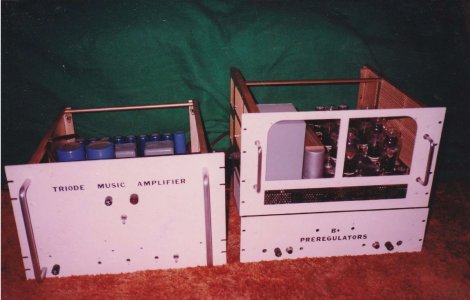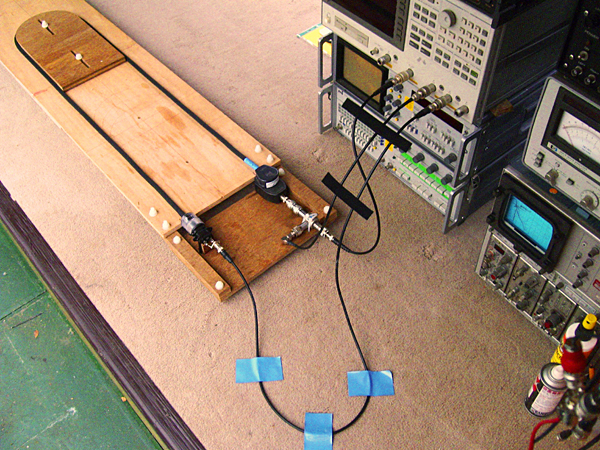siddharthdas
Active Member
I am newly active here. After doing a brief survey, I thought I might create short series of posts around some issues that are widely discussed but seldom addressed from the pov of the learner. I am what you might call an advanced learner. So bear with me for stating the obvious. I am curious to examine what a very fundamental "shared" understanding of audiophile experiences is about. I am like all engineers, objective. The people who design and build speakers most definitely are, and those that evaluate them such as reviewers seem to have scant regard for most engineering.
A great example of that are cables. The "best" cables are those that do not exist i.e. directly couple components - short cables with low R/C/L values are the best, and yet there's mind-boggling amount of material on cables, including cables that cost thousand of $$$ per meter.
I am an engineer, so I'll focus a creating a platform for the known principles of engineering that goes in a speaker and therefore what makes for a great speaker. The one thing to remember is - tradeoffs. Often achieving one thing means sacrificing another. So great design, is often about the right balance - one set of choices are likely to produce different results than another - and neither subjectively superior to the other. Just meeting a different set of objectives.
Back to our topic though. So I'll write about the following principles in brief - each in a different post, to enable separate conversations on each. Let me state at the outset, that none of this is new or inaccessible elsewhere (for example, linkwitzlab.com, of which I am a big big fan). My effort rather, will be to lay things out in simple terms accessible to all. The topics -
Dispersion.
Dynamic Range.
Distortion.
Drivers.
DSP/Crossover.
Dipoles vs Box Speakers.
and finally I cannot find a word starting with D - Cables!!!
A great example of that are cables. The "best" cables are those that do not exist i.e. directly couple components - short cables with low R/C/L values are the best, and yet there's mind-boggling amount of material on cables, including cables that cost thousand of $$$ per meter.
I am an engineer, so I'll focus a creating a platform for the known principles of engineering that goes in a speaker and therefore what makes for a great speaker. The one thing to remember is - tradeoffs. Often achieving one thing means sacrificing another. So great design, is often about the right balance - one set of choices are likely to produce different results than another - and neither subjectively superior to the other. Just meeting a different set of objectives.
Back to our topic though. So I'll write about the following principles in brief - each in a different post, to enable separate conversations on each. Let me state at the outset, that none of this is new or inaccessible elsewhere (for example, linkwitzlab.com, of which I am a big big fan). My effort rather, will be to lay things out in simple terms accessible to all. The topics -
Dispersion.
Dynamic Range.
Distortion.
Drivers.
DSP/Crossover.
Dipoles vs Box Speakers.
and finally I cannot find a word starting with D - Cables!!!



